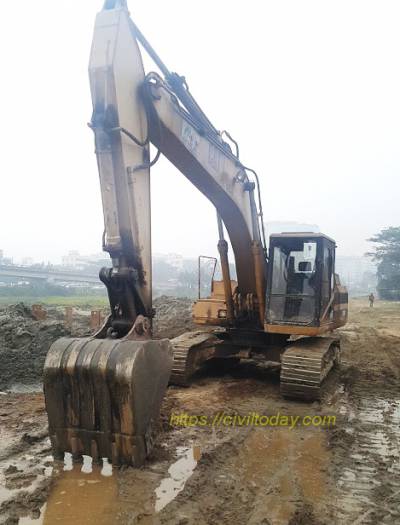A crane is large, tall construction equipment. In this article, we will discuss What is a Crane? along with its working principle.
What is a Crane?
A crane is a powerful and heavy machine that is equipped with cables and pulleys and is based upon the application of mechanical principles. It is used to lift loads beyond human capability. Since the invention of the crane in ancient Greece, it has been a part of the working landscape. The mighty tool was soon used in Rome and Egypt. The design of cranes has evolved to meet industrial needs, and in the modern era, they coordinate with simple systems to achieve complex lifting techniques.

The Working Principle of Cranes
Obeying the laws of physics, the crane operates efficiently and maintains its stability. The two major considerations in the making of cranes are:
- The crane must be able to lift the weight of the load.
- The crane must not overbalance or fall, that is, stability is essential.
The lever and the pulley coordinate with each other to create a mechanical advantage. Cables, winders, chains, ropes, and a basic level-pulley system are the essential parts of any type of crane. Simply, a crane illustrates the use of simple machines to create mechanical advantage. {adselite}
Uses of Crane
The followings are the uses of cranes:
-Construction
-Lifting and hoisting heavy objects
-Loading and unloading ships
-Disaster relief
-Bridge inspection and maintenance
-Oil rigs and other industrial uses

